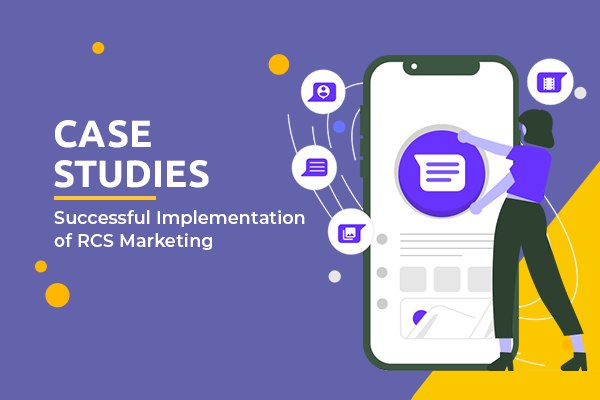The Importance of Mobile Optimization for Websites: A Complete Guide
- July 21, 2023
- Website Design, Website Development
In today’s digital landscape, mobile devices have become the primary means of accessing the internet. As a result, mobile optimization for websites has become crucial for businesses to provide a seamless user experience and maximize their online presence. In this comprehensive guide, we will delve into the importance of mobile optimization and share effective strategies to ensure your website is mobile-friendly. From responsive design and mobile-friendly layouts to fast loading times and intuitive navigation, we will cover key elements to enhance your website’s mobile performance.
- Responsive Design: Responsive design is a fundamental aspect of mobile optimization. It allows your website to adapt and adjust its layout based on the user’s device screen size. By implementing responsive design, your website will provide a consistent and optimized experience across various devices, including smartphones, tablets, and desktops. This ensures that your content is easily accessible and readable, regardless of the screen size.
- Mobile-Friendly Layouts: Optimizing your website’s layout for mobile devices is essential for a positive user experience. Mobile-friendly layouts prioritize simplicity, clarity, and ease of navigation. Use clear and concise headings, minimize the use of large blocks of text, and use shorter paragraphs to improve readability. Consider using larger font sizes and properly spaced buttons to make it easier for users to interact with your website on smaller screens.
- Fast Loading Times: Mobile users have high expectations when it comes to website loading times. Slow-loading websites can lead to increased bounce rates and decreased user engagement. Optimize your website’s performance by minimizing file sizes, leveraging browser caching, and compressing images without compromising quality. Additionally, consider using a content delivery network (CDN) to deliver your website’s assets from servers located closer to your users, resulting in faster load times.
- Optimized Images: Images play a significant role in engaging mobile users. However, large and unoptimized images can significantly slow down your website. Optimize your images by compressing them without compromising quality. Use modern image formats such as WebP or JPEG 2000, which provide better compression and faster loading times. Additionally, implement responsive image techniques to serve appropriately sized images based on the user’s device.
- Intuitive Navigation: Mobile users expect seamless and intuitive navigation on websites. Implement a mobile-friendly navigation menu that is easy to access, preferably using a hamburger menu icon. Keep the navigation menu simple, organized, and easily scrollable. Incorporate clear call-to-action buttons and avoid cluttering the screen with too many elements. Ensure that users can effortlessly navigate between pages and find the information they’re looking for.
- Mobile-Friendly Forms: Forms are a crucial element of many websites, but they can be challenging to complete on mobile devices. Optimize your forms by using input fields that are easy to tap and fill out on smaller screens. Minimize the number of form fields and provide helpful input hints to streamline the user experience. Consider implementing autofill options or integrating social media sign-in options to simplify the form submission process.
- Testing and Optimization: Regularly test your website’s mobile performance on different devices and screen sizes. Use tools like Google’s Mobile-Friendly Test to identify any issues and optimize accordingly. Pay attention to factors such as page speed, visual layout, readability, and functionality. Continuously iterate and improve your mobile optimization efforts based on user feedback and analytics data.
Mobile optimization for websites is no longer a choice but a necessity for websites to succeed in the digital landscape. By availing Proactive’s responsive website design services with mobile-friendly layouts, fast loading times, optimized images, intuitive navigation, and mobile-friendly forms, you can provide a seamless user experience and drive user engagement. Embrace strategies for mobile optimization for websites to ensure your website remains accessible, engaging, and functional across a variety of mobile devices.









